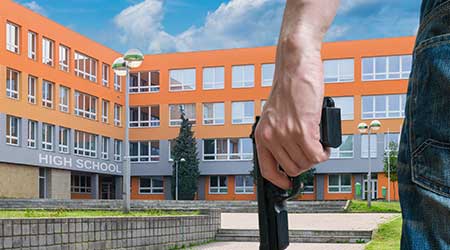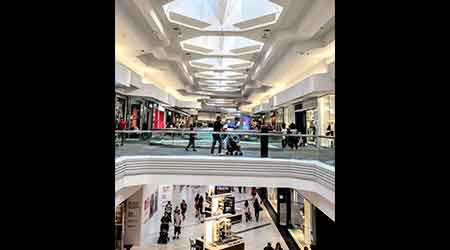
The Role of School Design in Mitigating Mass Shootings
September 26, 2019
A new school year means a host of new challenges for managers in K-12 schools nationwide. The reshuffled priorities for many districts is one result of the heightened focus nationwide on emergency preparedness and, specifically, mass shootings.
The everyday experience of going to school has evolved. Metal detectors, gun-toting guards, and drills to protect against active shooters were once the vision of a dystopian future. Now they are part of the routine for today’s students, according to Curbed.
Increasingly, those seeking a solution to these attacks have turned toward architecture, design and the built environment. The first, and perhaps most famous example, was Sandy Hook, Connecticut. When the school district unveiled a new elementary school in 2016, revamped to be safer while still being welcoming and open to nature, it immediately became “the most scrutinized school design in the United States,” according to Slate. It also became “the landmark project of the era in which stopping school shootings became the responsibility of architects and administrators because the U.S. Congress would do nothing.”
The national standstill over legislation targeting gun violence threatens to permanently alter the way architects design a generation of schools. Educational infrastructure for K-12 students, which is in a deep state of disrepair across the nation, is in dire need of increased funding and support. Currently, there is a $38 billion-a-year gap in what needs to be, and what is, spent on repair and upgrades. The average U.S. school is 44 years old, and strained budgets mean new buildings and building standards have been slow to emerge on a national level.
Dan Hounsell is editor-in-chief of Facility Maintenance Decisions.
Next
Read next on FacilitiesNet












